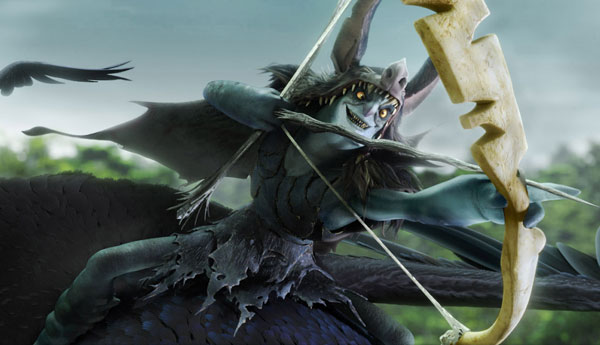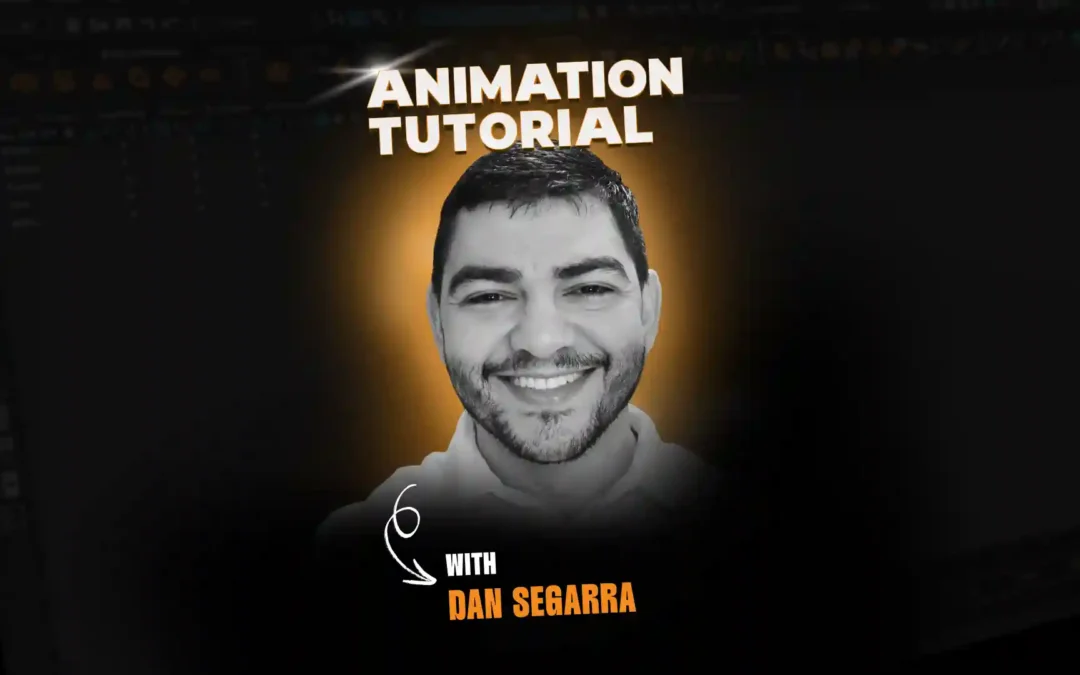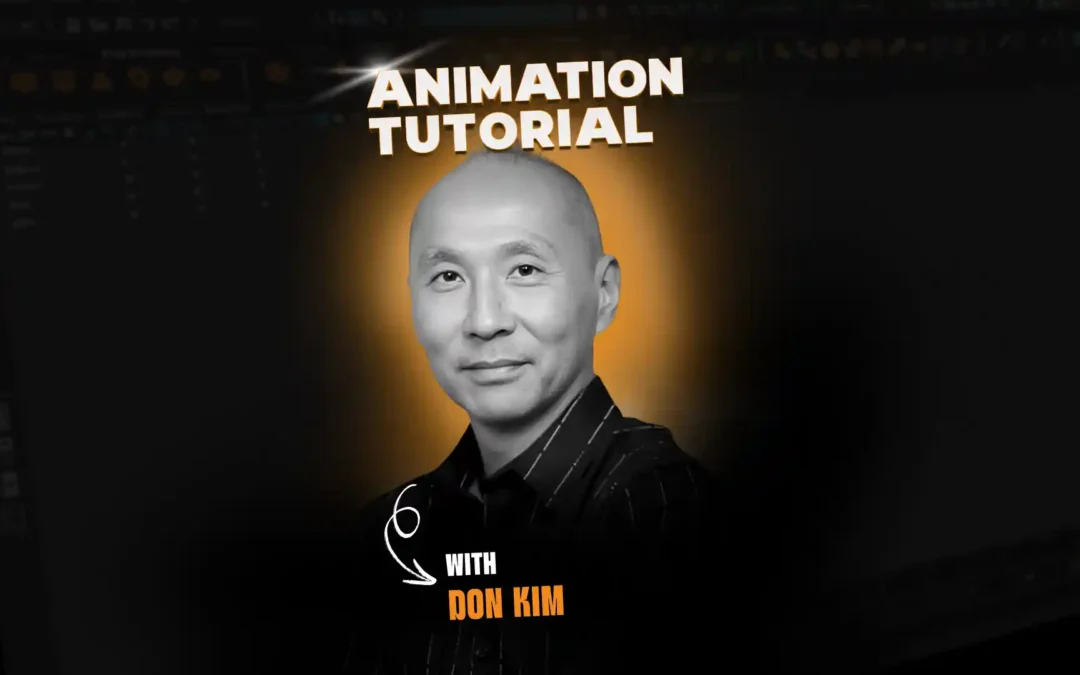
Animation Mentor graduates Steve Orsini (4 Challenges When Starting at a New Studio) and Louaye Moulayess (5 Things I Learned Animating at Blue Sky) set the stage for a fantastic Blue Sky series of blogs. And today, Animation Mentor alumnus Theresa Adolph shares additional animation tips to fill your weekend with lots of animation inspiration. A big thank you to Steve, Louaye, Theresa, and the Blue Sky crew.
— The Animation Mentor Crew
1. Do your research
It’s easy to get carried away with excitement and dive right into your shot. Before you know it, you’re in over your head. Instead of things running smoothly, you run into problems that could have been avoided. This is your reminder: DO YOUR RESEARCH. At Blue Sky Studios, animators will work on a variety of characters on any given show. Before starting a shot with a new character, we must learn everything there is to know about that character. What is their personality? How do they hold their body? Are they shy? Confident? There is intense research done on each and every character way before production ever begins. There is a list of things that we always keep in the back of our mind as we are animating.
Character sheets are created at many studios for most of the main characters that describe everything there is to know about that character, including poses that make them appealing and poses that should be avoided. They are basically guides to help us keep our characters on model. It is important to read and understand these sheets before starting your shot and to always refer to them as you animate. Some animators even print them and hang them at their desks so they are constantly reminded to stay true to the characters.
If you are animating a bird, for example, it is a good idea to do some research on birds. Look up videos on the internet and discover how they interact with other birds. Learn how their wings and feathers change from shape to shape when they fly. Don’t just rely on what you think looks correct. Actually look at reference or shoot your own reference and apply it to your work. It will make your animation more convincing and believable. Discovering who these characters are requires research. It is very important that we take the time to do that research because we inevitably are responsible for bringing these characters to life.
2. Explore ideas
Animators work with demanding deadlines, so this is a step that is easily pushed aside. Even if you take a moment to scribble down a few sketches or toss some ideas around with coworkers or friends, it can be so helpful in solidifying an idea. As you talk it through, it might also spark other ideas you might have never thought of or help give you confidence that you’re on the right track. Something I’ve learned is that some of the best ideas are not our ideas at all. Rather, they are made up of a collaborative effort of a lot of creative people working together. The next time you are stumped, toss some ideas around with someone. You might be surprised with what you can come up with! Once you have an idea, look it up on the internet or shoot your own reference. By acting it out and seeing the footage it will give you an understanding of body mechanics.
3. Find ways to push your work
Focus on strong posing and clear ideas. Often, I find myself being comfortable with a pose or with the timing of how a character moves from one pose to another. I like to push myself to try new things. For example, maybe I saw a shot from a fellow animator that I thought turned out really well and I want to achieve that same sort of snappiness. I will try to apply that to my work. Most of the time, I will start and it will look completely horrible, but then I tell myself to stick with it. A lot of the times it works out for the better … but sometimes it doesn’t. No matter what, I’ve learned something along the way. No need to worry when that happens because you can just go back to an older version. Don’t be afraid to try new things and push yourself out of your animation comfort zone.
Ask yourself, how extreme can I push these poses? You will never know unless you try. Push your rig to its max but also be mindful to stay on model. If you have an extreme pose, maybe a stretch, then be sure to get in and out of it quickly. Don’t linger too long. You want to FEEL extreme posing and not necessarily SEE it.
You can also add texture by breaking up the timing of when things hit. For example, you could lead with the head in a big turn and then have the body follow. This adds a level of interest.
4. Break it down frame by frame
Look at animation that inspires you. Ask yourself, why do I find this so appealing? Break it down frame by frame and learn about timing and about posing. And then take what you’ve learned and apply it to your own work. This is how you’re going to grow and make your work amazing. And one day, someone is going to come along and do the same to your work. Stay inspired and your work will inspire others.
5. Take breaks
This is an important one and one I am admittedly bad about. Animators are notorious procrastinators and at the same time, we are also notorious perfectionists. It’s important to keep your eye fresh. So do yourself a favor, step away from your computer every now and then. It’s easy to say “I’m almost done, I just want to try one more thing” or “something’s wrong with this” and you keep fighting through it until you feel you’ve figured it out. Before you know it, hours have passed and you have actually gotten nowhere.
Do yourself a favor, take a break, and do something to clear your thoughts. You will come back fresh. When you sit back down, maybe you’ll see things differently and you’ll be able to quickly fix that problem you had before. I don’t know how many times I’ve heard myself and others say: “I’ve been looking at this for so long I can’t even tell how it looks anymore.” So take breaks! Your work will be better and you will be more efficient.
6. Show your work often
Show your work to others. Show it to your peers, show it to your supervisors, and get feedback. By showing your work early, it will help with your time management. If you can get buy off on your rough blocking for example, then you will have more time to devote to polishing later. You don’t want to work on your shot for a long time and have it almost completed just to find out that they wanted to go with a different idea.
7. Polish and work through the finer details
Leave enough time to work through the finer details — making sure you have worked through overlap and the ease-in and outs, adding subtle keep alive to moving holds, and tracking all your arc. Even little things like making sure your facial poses are slightly asymmetrical can add interest and appeal. Whatever fine detail you can layer on to your animation is going to make it that much stronger. Such things can seem so small that you may think they are going to go unnoticed, but these are the details that are really going to make your work ROCK!



